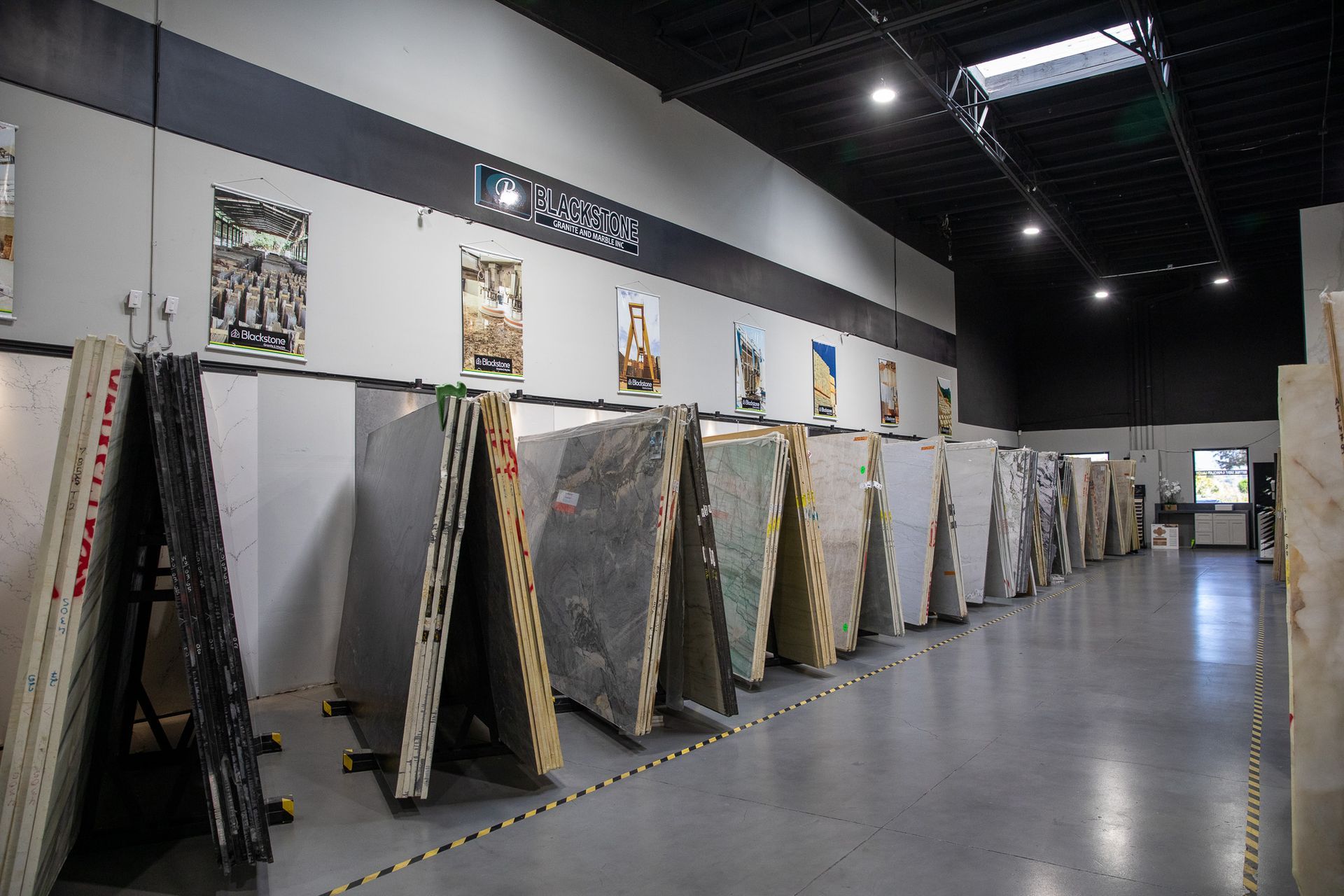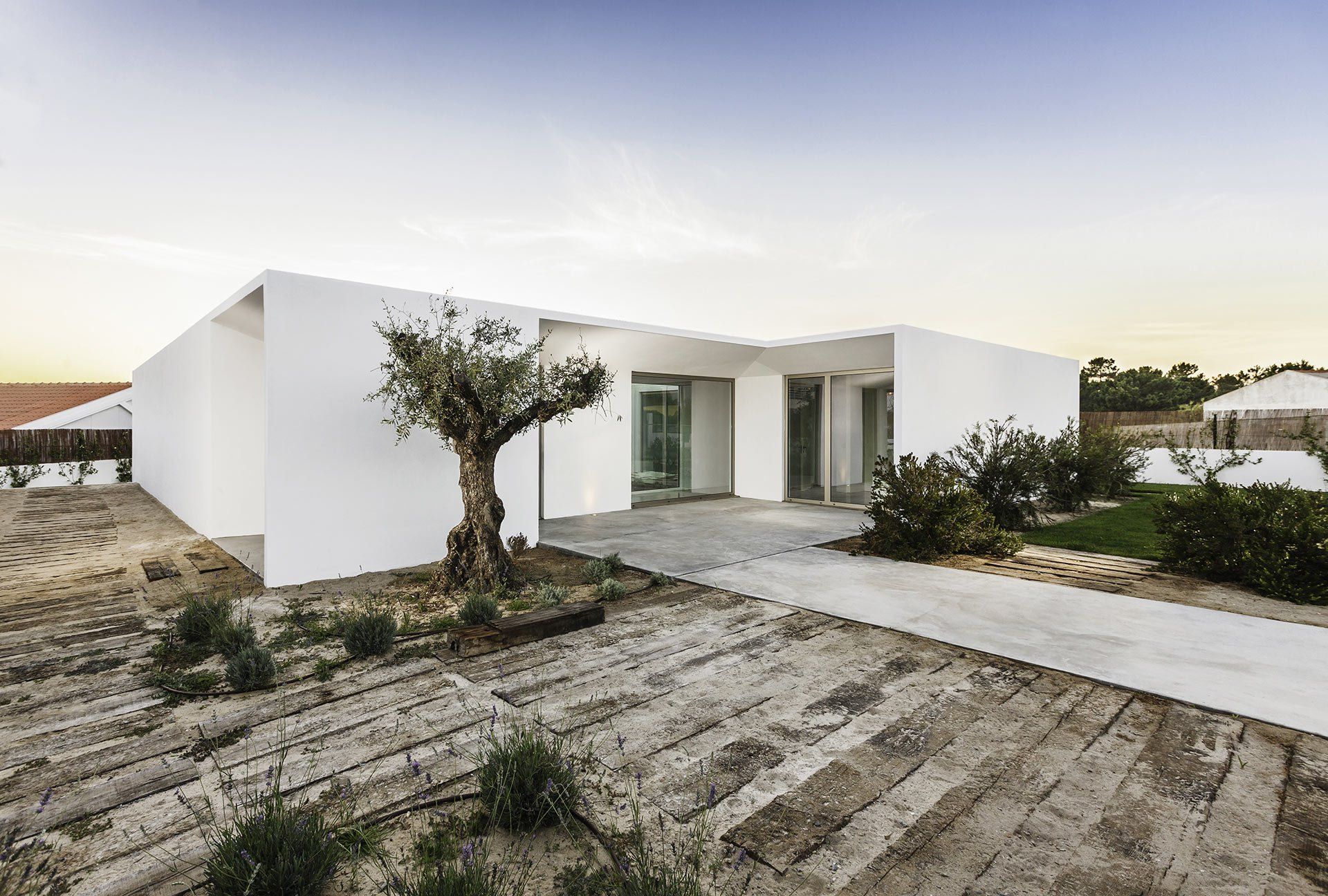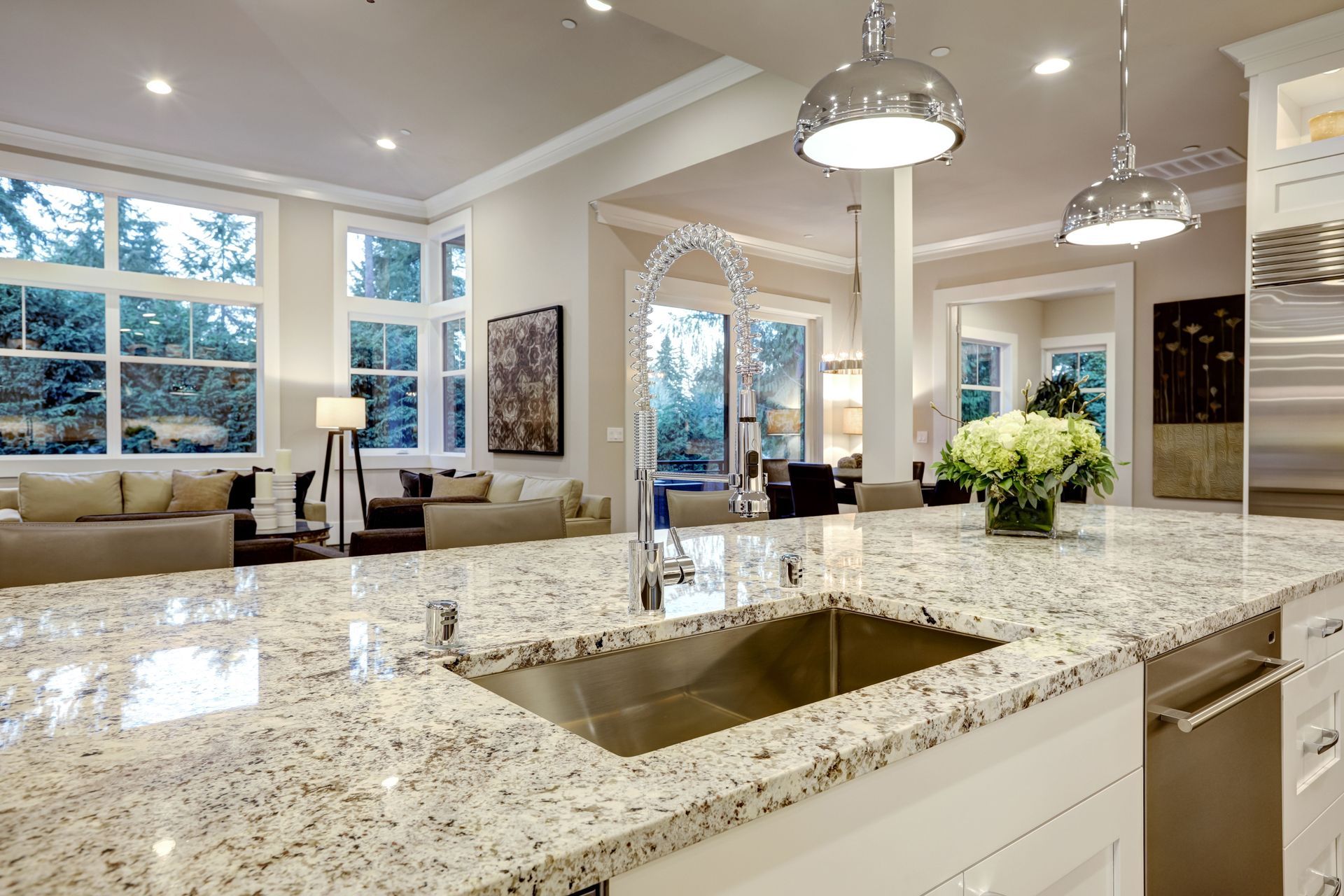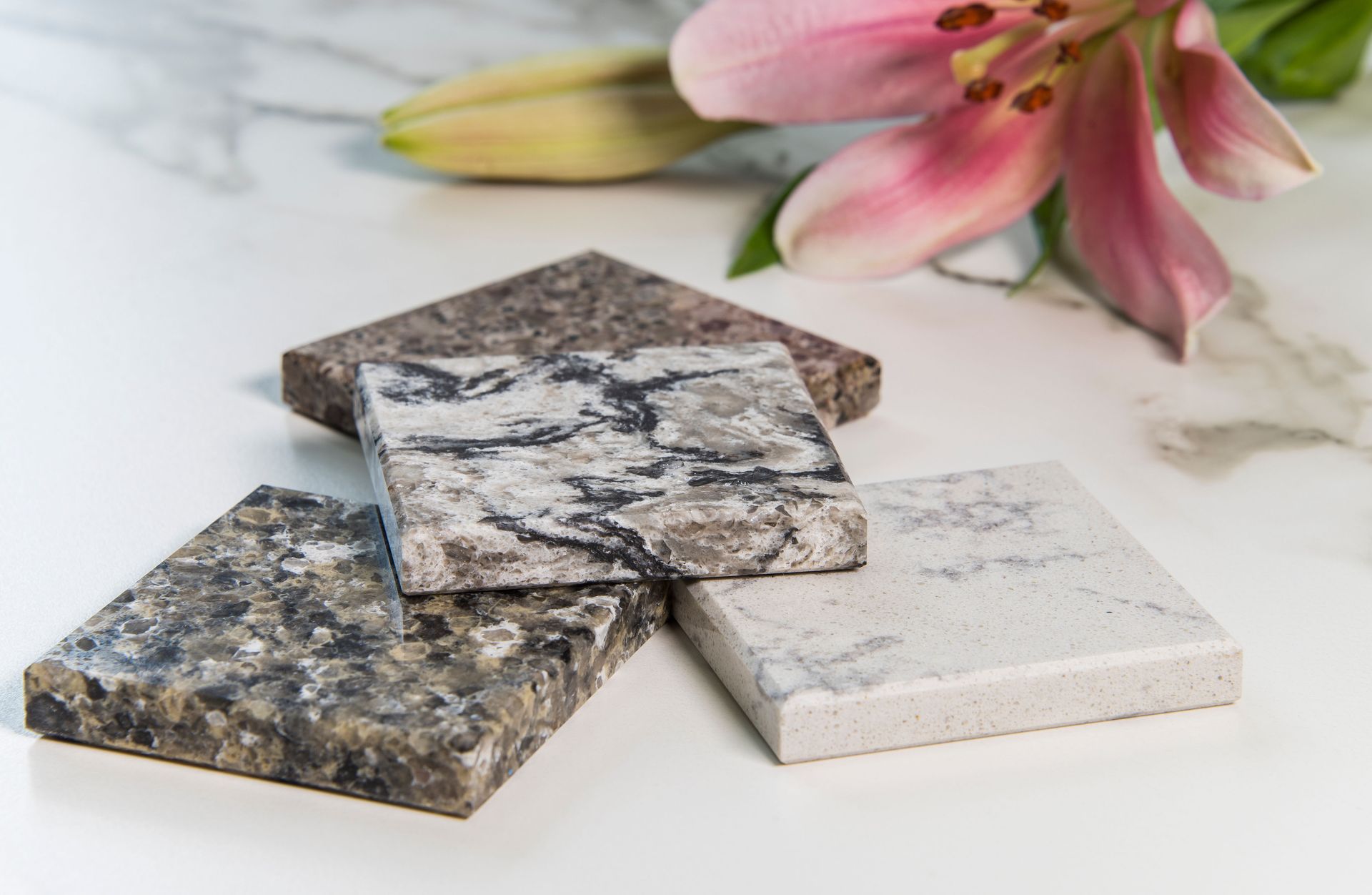Comparing Stone Materials: Natural Stone vs. Quartz vs. Porcelain
The options can seem endless when selecting materials for your countertops, flooring, and other surface applications. Among the most popular choices are natural stone, quartz, and porcelain. Each of these materials offers unique benefits and aesthetics, making the decision process a crucial part of any design project. This comprehensive guide'll delve into the properties, advantages, and ideal uses of natural stone, quartz, and porcelain to help you make an informed decision that aligns with your specific needs and preferences.
Natural Stone
Properties
Natural stone includes various materials such as granite, marble, limestone, and slate, each with unique patterns and colors. Being quarried directly from the earth, each piece of natural stone is one-of-a-kind, with distinct veining, speckles, and swirls.
Benefits
- Aesthetics: Natural stone offers unparalleled beauty, and each piece is unique.
- Durability: Most natural stones are highly durable and will last a lifetime with proper maintenance.
- Adds Value: Natural stone can increase the value of your property due to its luxury appeal.
Best Uses
- Countertops and Flooring: Granite and marble are popular for their resilience and timeless appearance.
- Bathroom Vanities and Wall Features: Marble is often used for its classic aesthetic.
Quartz
Properties
Quartz is an engineered stone comprising about 90-95% natural quartz mixed with resin and pigments. This composition allows for various colors and patterns, including options that mimic natural stone.
Benefits
- Uniformity: The manufacturing process ensures consistent patterns and colors throughout.
- Low Maintenance: Quartz does not require sealing and is resistant to staining and bacteria.
- Durability: It is incredibly durable and resistant to scratches and chips.
Best Uses
- Kitchen Countertops: Quartz’s non-porous nature makes it ideal for busy kitchens.
- Bathroom Surfaces: Its resistance to moisture and bacteria is perfect for bathrooms.
Porcelain
Properties
Porcelain is a type of ceramic made from refined clay and fired at extremely high temperatures. It comes in large slabs or tiles and can be printed to look like natural stone, wood, or even metal.
Benefits
- Versatility: Available in a wide range of designs due to digital printing technology.
- Durability: Porcelain is tough, scratch-resistant, and more impervious to water than natural stone.
- Low Maintenance: Requires minimal upkeep and is easy to clean.
Best Uses
- Outdoor Applications: Its low water absorption rate suits outdoor environments.
- Flooring and Wall Cladding: Offers a lightweight yet durable solution for large areas.
Making the Right Choice
When deciding between natural stone, quartz, and porcelain, consider the following factors:
- Aesthetic Preference: Do you prefer the unique, organic look of natural stone, the consistent patterns of quartz, or the versatile porcelain designs?
- Usage Requirements: Consider the space's durability and maintenance requirements. Kitchens and bathrooms might benefit from more durable and low-maintenance materials like quartz and porcelain.
- Budget: Natural stone tends to be more expensive than quartz and porcelain, though prices can vary widely based on the type and origin of the stone.
Conclusion
Natural stone, quartz, and porcelain materials offer distinct advantages and characteristics that make them suitable for different applications and styles. By understanding the properties and benefits of each, you can choose a material that meets your practical needs and complements your home’s design. Whether you value the authenticity of natural stone, the durability of quartz, or the versatility of porcelain, your choice will have a lasting impact on the look and functionality of your space.










